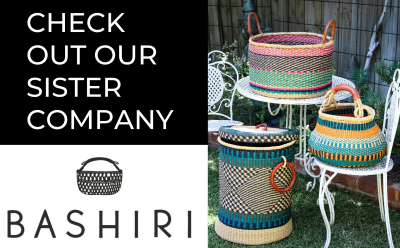
Owning an African djembe is a commitment to preserving a beautiful and functional instrument that holds cultural significance. Whether you’re a seasoned drummer or a beginner, proper djembe storage and care are key to maintaining your instrument’s sound quality and durability. In this guide, we’ll cover the best practices for drum storage, when to invest in djembe hats or covers, and tips for overall djembe protection.
Proper Drum Storage: Why It Matters
Storing your djembe correctly can prevent damage to the wood and drumhead, especially since many African djembes are made from natural materials that are sensitive to environmental changes. To avoid cracks, warping, or tears in the drumhead, consider the following:
1. Temperature and Humidity
Djembes should ideally be stored in a cool, dry place with stable humidity levels. Extreme temperature changes or high humidity can cause the drumhead to stretch, loosen, or even crack the wood. Ideally, the humidity should be between 40% and 60%.
- Avoid Direct Sunlight: Constant exposure to direct sunlight can dry out the drumhead and wood, leading to premature wear and damage. Keep your djembe in a shaded or indoor area when not in use.
- Stable Placement: It’s common to see djembes in West Africa on their sides on the ground when not in use. This allows air to circulate inside the drum to keep it cooler. If your drum is left upright in intense heat the inside body of the drum will heat up and act as an oven for the drum head and timber.
If the drum is standing upright make sure it is on a flat surface to avoid falling or tipping, which can cause cracks or damage to the body of the drum.
2. When to Use Djembe Hats or Covers
Investing in a djembe hat or cover is one of the best ways to protect your drum from dust, moisture, and physical damage, especially if you travel frequently with your drum or store it in a shared space. But when exactly should you buy one?
- Frequent Transportation: If you often take your djembe to performances, classes, or jams, a padded djembe cover is essential to prevent accidental damage during transport. Look for durable, water-resistant covers to protect against weather elements.
- Long-Term Storage: If you’re not playing your djembe for an extended period, consider a breathable fabric cover or a djembe hat to keep dust off the drumhead and to shield it from temperature fluctuations.
- Outdoor Use: For players who enjoy playing their African djembe outdoors, it’s especially important to have a djembe cover to protect it from unexpected weather conditions. Even a brief exposure to rain can weaken the drumhead.
3. General Tips for Djembe Protection
- Clean Regularly: Wipe down your djembe with a dry cloth if it looks to be accumulating oils and dirt from your hands. For the wooden body, a light wood oil polish (we love Danish oil) can be applied occasionally to keep it moisturized and prevent cracking.

